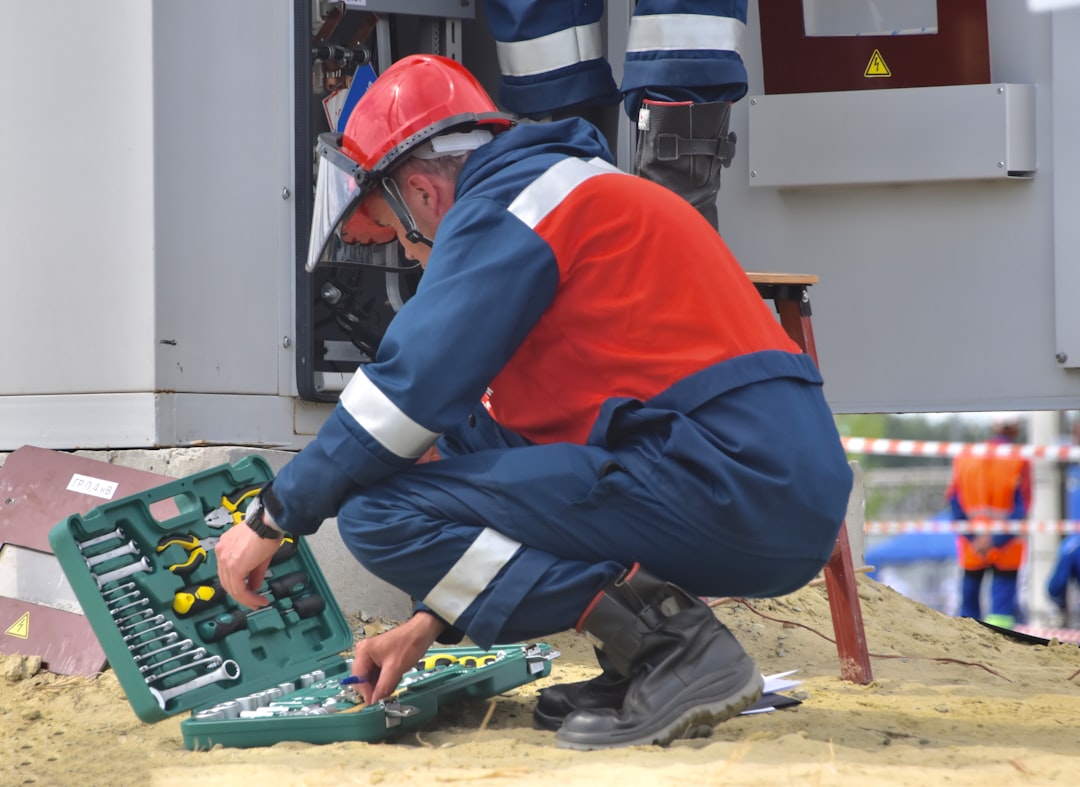
In today’s interconnected and demanding world, the efficient and effective movement of goods is paramount to economic stability and progress. Within this complex network of supply chains, the often-overlooked field of pipe logistics coordination plays a crucial role. From the delivery of essential resources to the construction of vital infrastructure, the seamless management of pipes from manufacturing to installation has profound implications for a multitude of industries and, ultimately, society as a whole.
The importance of pipe logistics coordination stems from the sheer ubiquity of pipes in modern life. They are the circulatory system of our built environment, transporting water, oil, gas, and countless other essential materials. These materials, in turn, fuel industries ranging from energy production and agriculture to manufacturing and construction. Disruptions in the supply of pipes can trigger cascading effects across these sectors, leading to project delays, increased costs, and potential shortages. Therefore, a well-coordinated pipe logistics system is not merely a matter of efficiency; it is a critical element in ensuring the consistent and reliable flow of resources that underpin modern civilization.
Effective pipe logistics coordination involves a holistic approach, encompassing a diverse range of activities. This includes meticulous planning, precise inventory management, strategic transportation arrangements, and effective communication between all stakeholders involved in the process. From the initial stages of manufacturing to the final delivery at the project site, each step must be carefully orchestrated to minimize delays and maximize efficiency. Advanced technologies, such as real-time tracking systems and predictive analytics, are increasingly utilized to optimize these processes, providing valuable insights into potential bottlenecks and allowing for proactive adjustments to be made.
The significance of proper coordination becomes even more apparent when considering the often-complex and specialized nature of pipe transportation. Pipes can vary dramatically in size, material, and intended use, each requiring specific handling and transportation procedures. Large-diameter pipes for pipelines, for instance, often necessitate specialized vehicles and handling equipment, while pipes intended for sensitive applications, such as those used in the pharmaceutical industry, require stringent cleanliness and temperature control measures. Without careful planning and coordination, the risk of damage, contamination, and ultimately, project failure, is significantly increased.
Furthermore, the increasing complexity of global supply chains adds another layer of complexity to pipe logistics. Pipes are often sourced from different manufacturers across various countries, requiring seamless coordination across international borders. This involves navigating complex customs regulations, coordinating multiple transportation modes, and managing potential language and cultural barriers. In this context, effective communication and collaboration between all parties involved are essential to ensure a smooth and efficient flow of pipes from origin to destination.
Finally, the drive for sustainability has further heightened the importance of efficient pipe logistics coordination. Reducing transportation distances, optimizing load capacities, and minimizing waste are all crucial steps in lowering the carbon footprint associated with pipe transportation. Furthermore, the development of more sustainable materials and manufacturing processes necessitates a coordinated approach to ensure that these environmentally friendly options are readily available and efficiently integrated into existing supply chains.